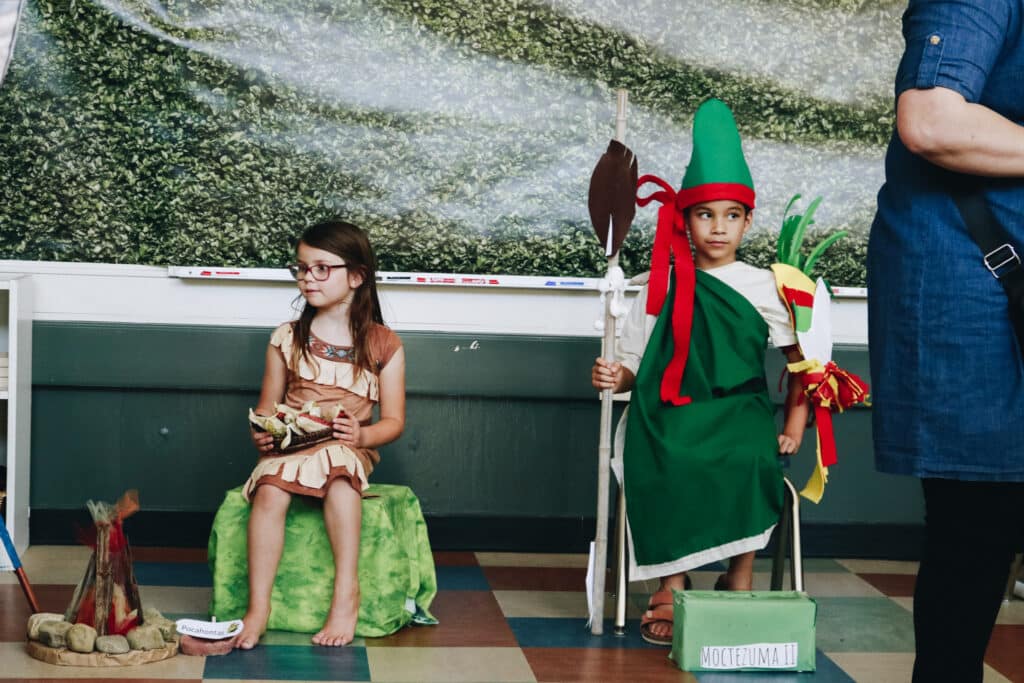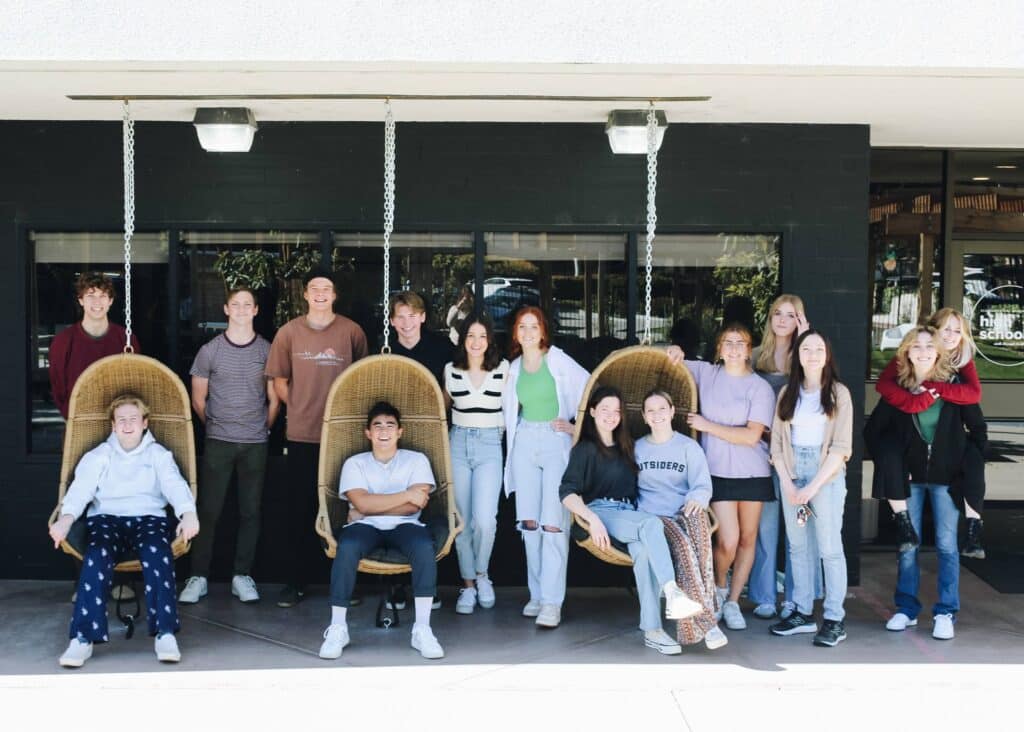In this week’s installment of our series on The Good, The True, and The Beautiful, we talk about how hard it is to seek truth in a world full of conflicting mixed messages and information. Luckily, we aren’t left to merely our own emotions and intuition to discern truth. With a classical education, we can develop the thinking skills, awareness, logic, and imagination to identify truth and develop properly reasoned positions! Below is an activity that Sarah Shotwell has used in class with her history students to facilitate conversation about truth, facts, and reality.
When it comes to seeking truth, an important thinking skill is the ability to distinguish quality sources from weak sources and discern levels of authority when it comes to information. In the below activity, we’ll learn about sources and authority. You can do this on your own, or with your kids!
Seeking Truth: Research Skills!
- Choose a research question! This can be a current event, or just something you’d like to know more about. To start, it might be best to choose something that isn’t too controversial! Controversial topics can bring up heated emotions. Ancient Greek scholars and modern brain scientists both agree that while emotions can be helpful, they can also hijack our rational thinking processes, So when we are first starting out, it can be helpful to have more of a neutral and open-ended question in mind. Something like “What should I eat to improve my health?” or “What is the best way to invest my money?” or “How can I shop in a way that reflects my values?” Questions for kids to research might be “What is the impact of video games on children?” or “How much sugar is healthy to eat in a day?” or “Would having a TikTok channel be good for my health?” or “What breeds of dogs interact well with children?”
- When you have chosen your topic, write down what you have heard about the topic by word of mouth. Then, gather your sources. Choose one from each of the following:
-
- A scholarly source (university, scholarly article, peer-reviewed scientific study, etc.) If you aren’t sure where to look, try Google scholar or university websites.
- A popular article (newspaper, magazine, television network). If you are working on a political topic, it’s a good idea to choose articles from conservative, liberal, and international news sources so you can read all points of view.
- An online encyclopedia article (Britannica, Wikipedia etc.)
- A Blog Post or Youtube Video
- A Social Media Post or a Meme

Once you have gathered your sources, here are some discussion questions you can ask about each!
- Sourcing Information: Who wrote this? Who published it? Where was it published? When was it published? What were the writer’s/creator’s qualifications and background?
- Details: What arguments were presented? What claims were made? On what evidence were claims based? How did the details in the source agree with or conflict with the other information you found?
- Meaning/Interpretation: Why was it published? What was the motivation? What contextual factors may have influenced the writer? What may the writer’s biases be? Why do you think so?
- Intuition: Check in with yourself: do you have a positive or negative emotional inclination toward this source? Why or why not? Does one just “feel” more true than another? Step back and think about why that might be.
Once you have taken inventory of all the sources you find, as well as word of mouth information you’ve heard, line each source up in order of “most authoritative” to “least authoritative.” Why did you arrange them this way? Did you find an answer that satisfied your question? Did you get close? If not, what more do you need to know?
Seeking truth can be hard work! It demands that we be thorough and systematic thinkers, that we look at questions from all sides, that we keep our minds open to being changed, and that we learn to discern authority of our information with accuracy and shrewdness! While it might take structured activities like this to help us practice, eventually, these habits of thinking become second nature. Classically educated students intuitively ask them when searching for answers to questions big and small!
For the first installment in our series, please see:
Has your family had to have any discussions around Truth and discernment of information in our current world? Please feel free to share with our community in the comments below!












